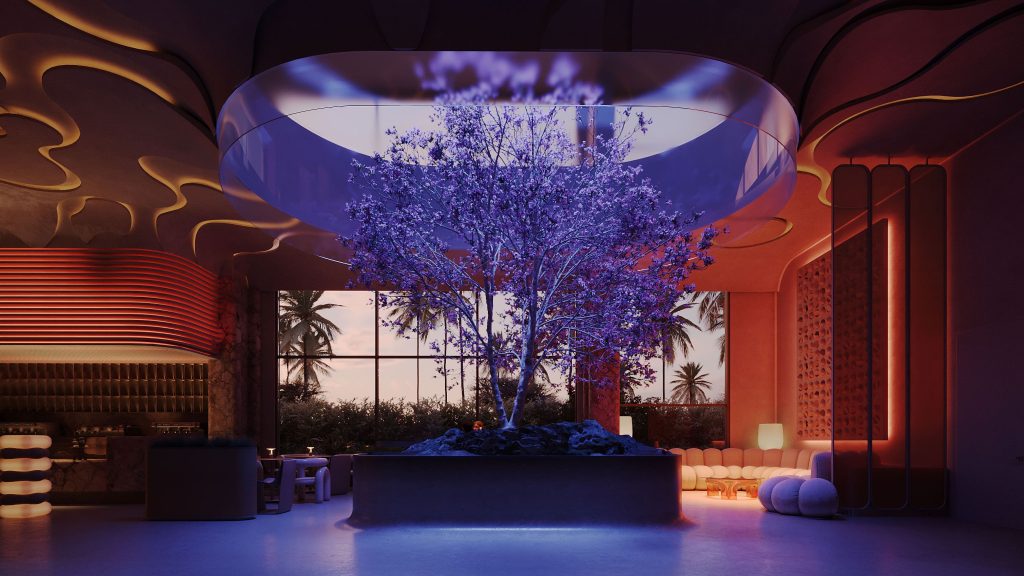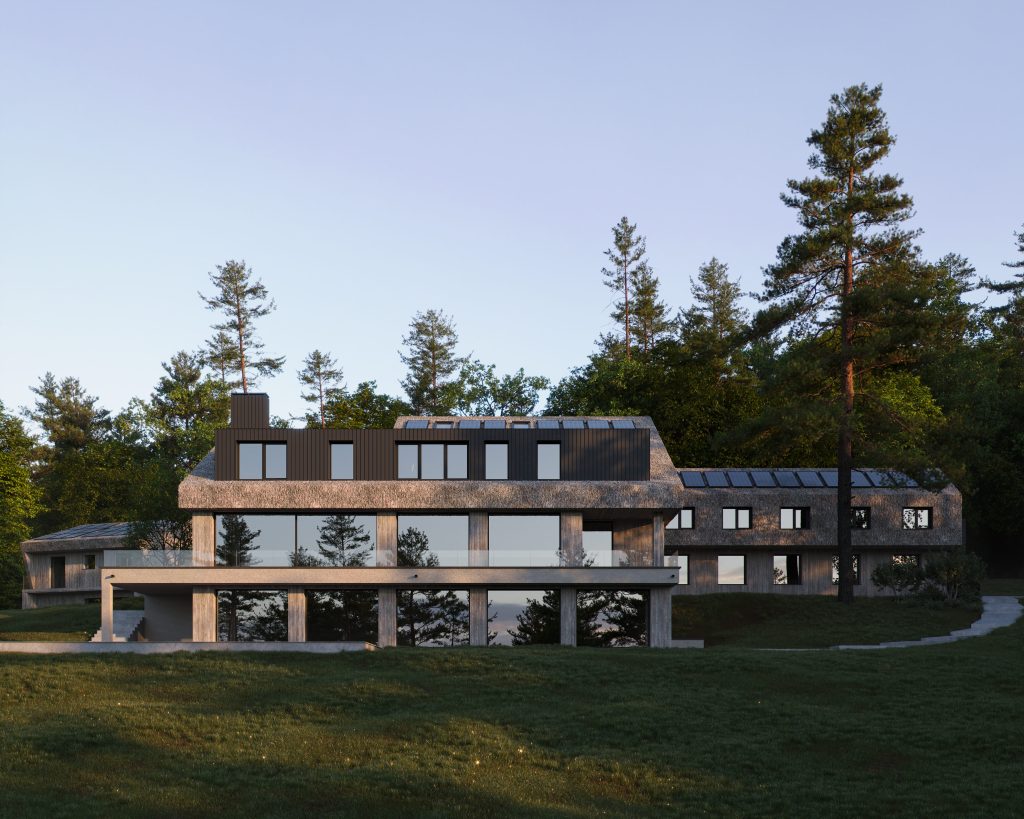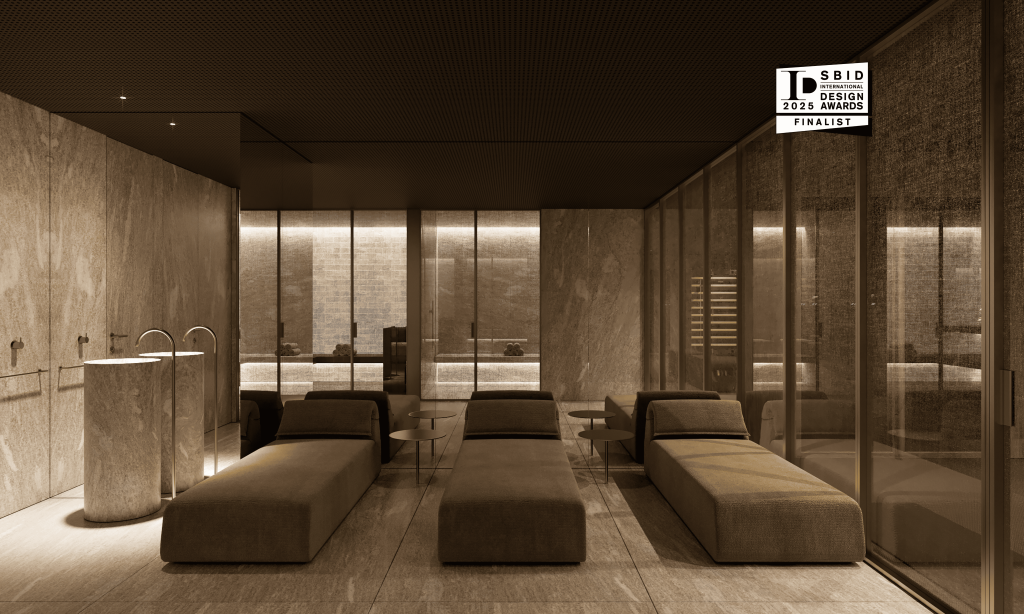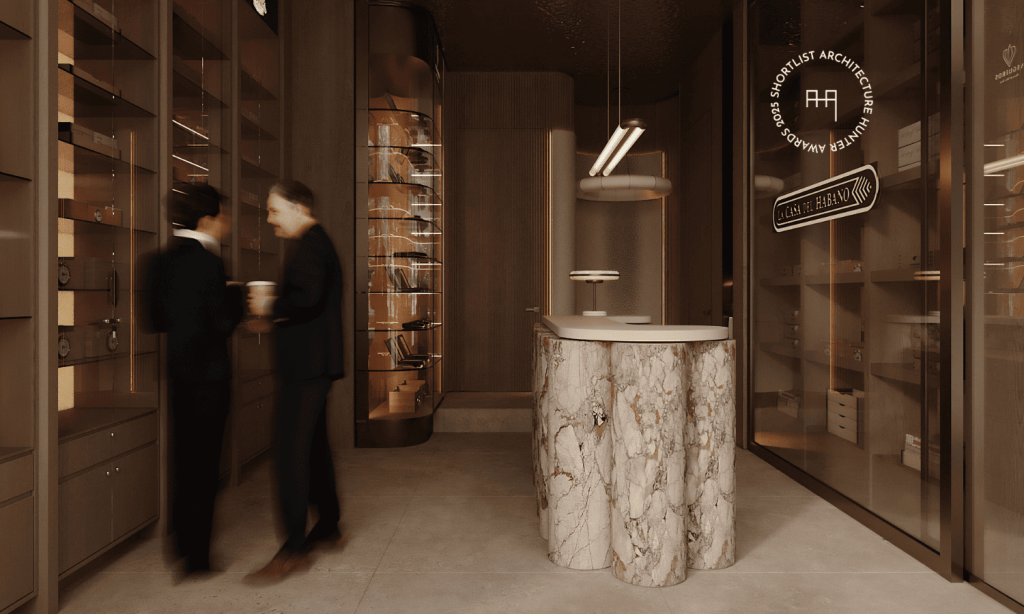Why Your Home Doesn’t Feel Finished — and How to Fix It
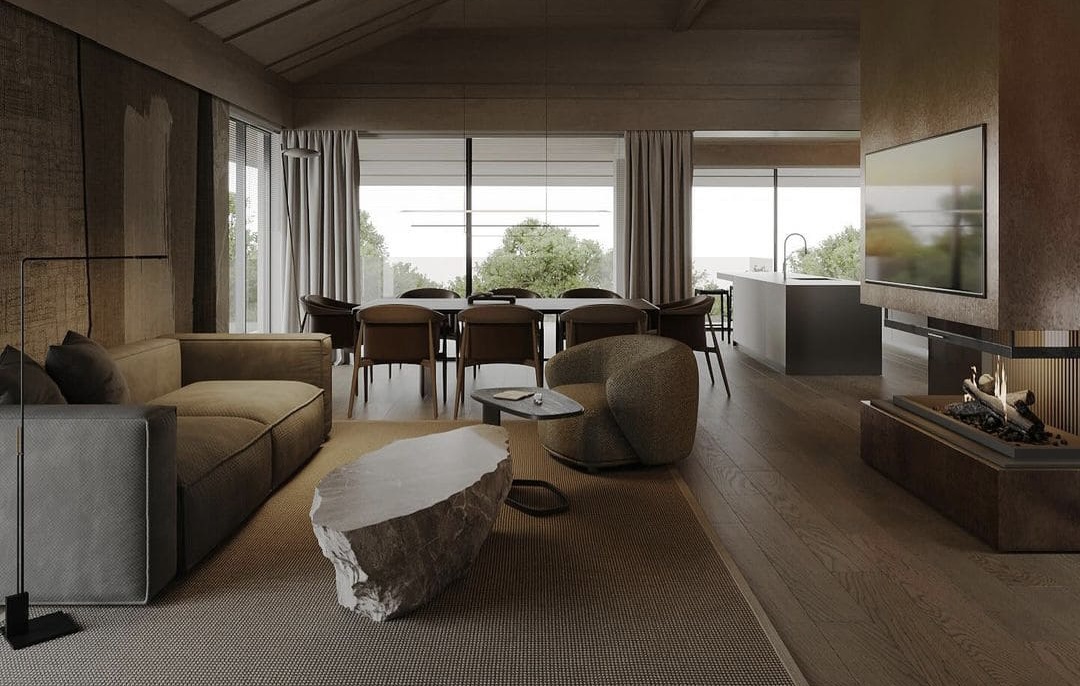
Have you ever walked into a beautifully renovated house and still felt like something was missing? Maybe the walls are painted, the furniture is new —but it still doesn’t feel quite like home. This feeling is more common than you think. A home that feels incomplete isn’t necessarily missing furniture or decor. It’s often about emotion, flow, and the small, thoughtful touches that bring everything together. In this article, we’ll explore what might be holding your home back and how to transform it into a space that feels cohesive, comfortable, and truly yours.
1. Lack of Layers and Texture
Many interiors feel flat because they lack texture. While minimalism is still trending, it doesn’t mean your space has to feel empty. Layering different materials—think wood, linen, stone, wool, or velvet—adds visual interest and warmth. A well-designed space has contrast: soft with hard, rough with smooth, light with dark. Add throw blankets, tactile pillows, rugs, and curtains to create a richer sensory experience. These details provide cozy home ideas and elevate the atmosphere, giving your home a more refined and lived-in look. These are important interior design tips that can make a big difference. For more inspiration, explore home texture ideas to add dimension and depth to your living space.
2. Poor Lighting Design
Lighting can make or break a space. Many homes rely solely on ceiling lights, which create harsh shadows and a cold atmosphere. A finished-feeling home has a layered lighting design: ambient, task, and accent. Use dimmers, add floor or table lamps, and consider integrated LED strips to create depth. Proper lighting enhances mood and emphasizes the best features of your home. Don't overlook how lighting impacts your daily life—from productivity to relaxation, it shapes the home atmosphere.
3. No Personalization
A home without personality can feel like a hotel room—nice, but generic. Incorporate personal elements like artwork, travel souvenirs, family photos, or even books that reflect your taste and story. Personal home decor adds emotional value to the space and makes it feel lived-in and loved. Choose items that spark joy or remind you of meaningful moments. Personal home decor is the final layer that brings authenticity and charm.

4. Unbalanced Layouts
If your furniture placement doesn’t support comfort and conversation, your home may feel off. A good furniture layout promotes flow and functionality. Consider the size and scale of your furniture—too much space between pieces creates emotional distance, while clutter blocks energy flow. Design your rooms with natural movement and human behavior in mind. Furniture layout is key to making each room serve its purpose effectively.
5. Ignoring the "Fifth Wall"—the Ceiling
The ceiling is often overlooked, but it's a huge design opportunity. Whether it's through paint, exposed beams, wood panels, or lighting features, enhancing the ceiling can complete the look of a room and draw the eye upward. This design element can dramatically transform a room's presence and energy and prevent that unfinished home feeling.
6. Empty Walls or Overdecorated Ones
Blank walls can make a space feel forgotten, while overcrowded walls can feel chaotic. The key is balance. Art, mirrors, and statement pieces help define a space. A gallery wall or one oversized artwork can instantly elevate the feel of a room. These finishing touches play a critical role in creating a cohesive interior design.

7. Inconsistent Style or Color Palette
If each room in your home feels like a separate universe, that disjointedness can feel unsettling. A consistent color palette, repeated materials, and a clear design language create harmony. This doesn’t mean everything must match—but every choice should feel intentional. Following modern interior design principles can help tie everything together in a stylish way.
8. No Connection Between Indoors and Outdoors
Bringing the outside in is a powerful way to make a space feel vibrant and alive. Consider large windows, natural materials, indoor plants, and even colors inspired by nature. These elements create continuity and expand the perceived boundaries of your home. This approach connects you to nature and adds a fresh, dynamic dimension to your interior styling.
9. Lack of Functional Decor
Functional decor items like benches with storage, decorative trays, or stylish baskets offer both aesthetics and practicality. They help reduce clutter while enhancing design. Integrating useful pieces is a smart way to solve common decorating mistakes and support a more organized lifestyle.

10. Overuse of Trends Without Context
Chasing trends without considering your own lifestyle or the architecture of your home can leave it feeling impersonal. Instead of copying styles from social media, interpret trends through your own lens. This ensures your space remains timeless and grounded.
11. Forgotten Transitional Spaces
Hallways, entryways, and staircases are often overlooked. But these are the first and last impressions guests get. Treat them with the same care as the main rooms. Add a small console, a mirror, or art to turn a forgotten area into something special.
12. Skipping the Finishing Touches
Often, a space feels unfinished simply because it's missing the final 10%. Items like plants, candles, books, or even a unique lamp can add personality and warmth. These small additions complete the story your space is telling.

13. Not Considering the Emotional Impact of Design
Beyond aesthetics and function, design plays a powerful emotional role in how we feel in a space. The right combination of color, lighting, layout, and texture can significantly affect our mood, energy levels, and sense of peace. Think about how different rooms make you feel. Is your bedroom restful? Does your living area invite conversation? A complete home doesn’t just look good—it supports your well-being. Prioritize emotional comfort when planning your interiors, and you'll find the entire home experience more fulfilling and intuitive. This goes beyond how to decorate your home—it's about how to live in it.
Conclusion: Creating a Complete Home
A truly finished home isn’t just a checklist of trendy furniture and paint colors. It’s an expression of lifestyle, emotion, and thoughtful design. By paying attention to the often-overlooked details—from lighting to layout to personal elements—you can turn your house into a home that feels warm, inviting, and truly complete. Remember, a cohesive interior design and stylish home solutions are always rooted in intentionality, comfort, and creativity.

